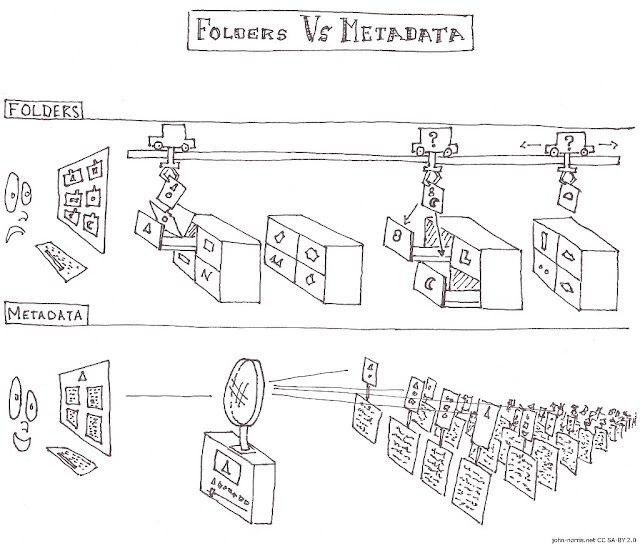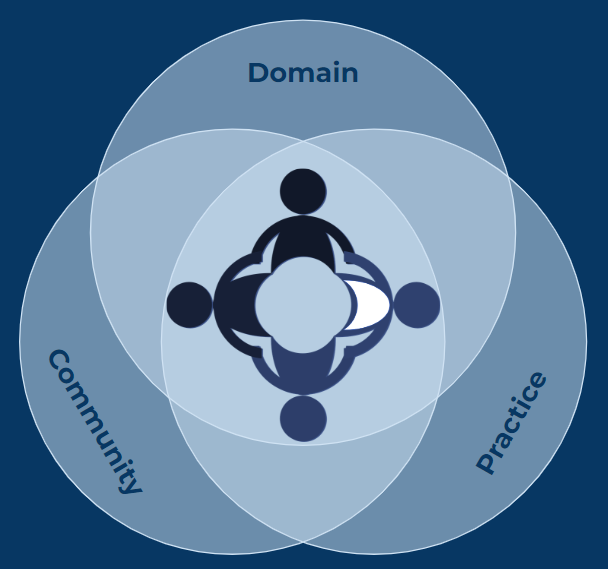Cloud (The)
As digital technology continues to evolve, educators in the heritage sector are increasingly turning to cloud computing to support learning, collaboration, and preservation efforts. Whether working in museums, archives, historic sites, or cultural organizations, heritage educators can leverage the cloud to store, share, and access resources seamlessly. But what exactly is "the cloud," and how can it benefit those working in heritage education?
 |
| This image possibly goes some way to illustrating the disparate-yet-interconnected nature of the ethereal domain that is known as 'the cloud'. Image from piqsels. |
What is the Cloud?
The cloud refers to a network of remote servers that store and manage data, applications, and computing services over the internet rather than on local computers. Instead of relying on physical storage devices or institutional servers, educators can access their materials, collaborate with colleagues, and engage with learners from anywhere with an internet connection.
Common cloud-based services include Google Drive, Dropbox, Microsoft OneDrive, and more specialized platforms like Omeka for digital heritage collections or Moodle for online education.
Why is the Cloud Important for Heritage Educators?
For those in the heritage sector, cloud computing offers several key advantages:
Improved accessibility and flexibility
With cloud-based storage, educators can access lesson plans, digital archives, and multimedia resources from anywhere, ensuring they are not limited by location or device constraints.
Enhanced Collaboration
Cloud platforms allow museum educators, researchers, and interpreters to work together on shared projects, whether co-developing educational materials, managing digital exhibits, or coordinating outreach programs.
Cost-Effective Resource Management
Maintaining physical servers can be expensive and resource-intensive. Cloud services reduce infrastructure costs while ensuring secure and scalable storage for heritage organizations of all sizes.
Preservation and Digital Archiving
Heritage professionals often deal with fragile historical documents, artifacts, and audiovisual materials. Cloud-based archives offer a way to preserve and share these resources digitally, reducing physical handling and ensuring long-term accessibility.
Interactive and Engaging Learning Experiences
Many cloud-based tools, such as virtual reality (VR) platforms, 3D modeling software, and live-streaming services, allow heritage educators to create interactive, immersive learning experiences for diverse audiences.
Whilst utilising cloud technology has many benefits, it is also important to consider the unique risks associated with it including those related to data security and safeguarding.
Implementing Cloud Solutions in Heritage Education
To make the most of cloud technology, heritage educators should consider the following strategies:
Choose the Right Platform
Depending on the organization's needs, different cloud services may be appropriate, whether for document storage, digital exhibitions, or virtual learning.
Ensure Data Security and Privacy
Since cloud-based platforms store sensitive materials, educators should use encrypted services and follow best practices for digital security.
Train Staff and Learners
Effective use of the cloud requires digital literacy. Providing training for educators, museum staff, and learners ensures they can confidently navigate and utilize cloud-based resources.
Integrate with Existing Educational Practices
Cloud technology should complement, not replace, traditional heritage education methods. Blending digital and in-person learning can enhance accessibility while maintaining authentic engagement.
Conclusion
The cloud is transforming how heritage educators store, share, and deliver learning experiences. By leveraging cloud-based platforms, heritage professionals can enhance collaboration, improve accessibility, and ensure the long-term preservation of cultural knowledge. Whether managing digital archives, hosting virtual exhibits, or engaging remote learners, cloud computing provides a powerful tool for making heritage education more dynamic, inclusive, and sustainable.










Comments
Post a Comment